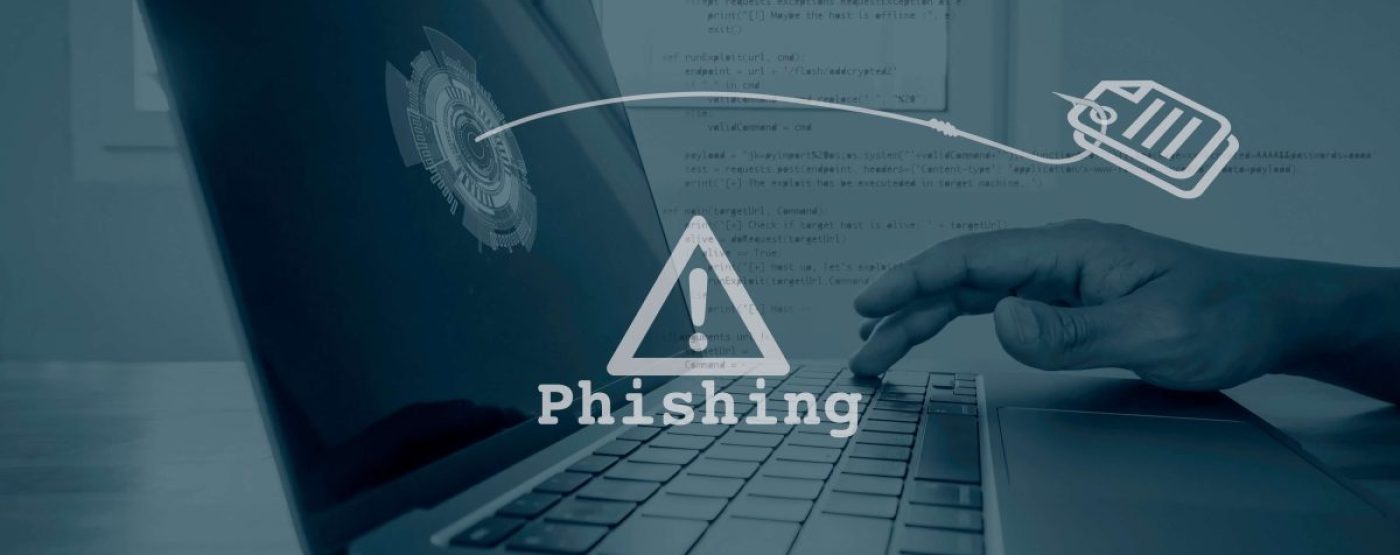
That scary feeling after clicking a suspicious link is all too familiar to us. One second, everything looked normal. But as we re-check the mail, panic comes in.
It’s not just with one or two. Every year, millions of internet users become victims of phishing links and cyberattacks. And sadly, this includes businesses as well.
A phishing link is a fake URL designed to steal personal information or install malware by tricking users into believing it's legitimate.
However, if you take action quickly, you may be able to save yourself. This guide will walk you through exactly what to do next, helping you secure your device and prevent further damage.
Phishing is one of the popular tactics used by hackers and online attackers. Cybercriminals use this method to steal sensitive information like usernames, passwords, credit card details, or bank account data. Attackers pretend to be trustworthy sources and use fake messages to trick their victims.
They use private details of their victims, such as their current location, to create engaging messages, asking them to share their personal information, much like a fisherman uses bait to catch a fish.
Usually, phishing happens through email or messages. With a large number of victim lists, attackers try to fool people and make them fall for their traps. Moreover, they can attach links, files, images, etc., to appear legitimate, like from a reputed organisation or bank.
For many, identifying what’s genuine or fake can be quite difficult. Especially if you run a business, you can receive tonnes of emails every day, making you prone to unwanted files, images, or even malware. However, one efficient method to combat these could be investing in high-quality tools, such as antivirus solutions.
As long as you don’t interact or tap any link, viewing a phishing email can be safe. But if you/I clicked on a phishing link, it may actually cause issues. Not only your device but the whole system or network connected to it can become vulnerable.
Let’s see what measures you can take to safeguard yourself and reduce the potential risks.
Clicking on a phishing link can put your personal data at risk in several ways. What happens if you click on a scammer link? It may take you to a fake website that steals your login details or downloads malware onto your device. You won’t even realise when it happens. Hackers can gain access to your accounts, steal sensitive information, or even lock you out. This can lead to identity theft, financial loss, or unauthorised transactions.
So, if you think you've clicked on a phishing link, avoid sharing any personal information, such as your resume, bank details, driving licence number, or passwords. Immediately change your account credentials, enable two-factor authentication, and scan your device for malware to minimise potential risks.
Clicking on a phishing link can be quite dangerous, in multiple ways, but acting fast can help minimise the damage. You can disconnect from the internet, scan for malware, and update your passwords. In addition, you can enable two-factor authentication for extra security and report the scam to protect others. Moving forward, stay cautious with emails, particularly the ones that include links or claim to be from a reputed organisation, such as a bank. These measures can help you stay ahead of cyber threats and keep your personal information safe.